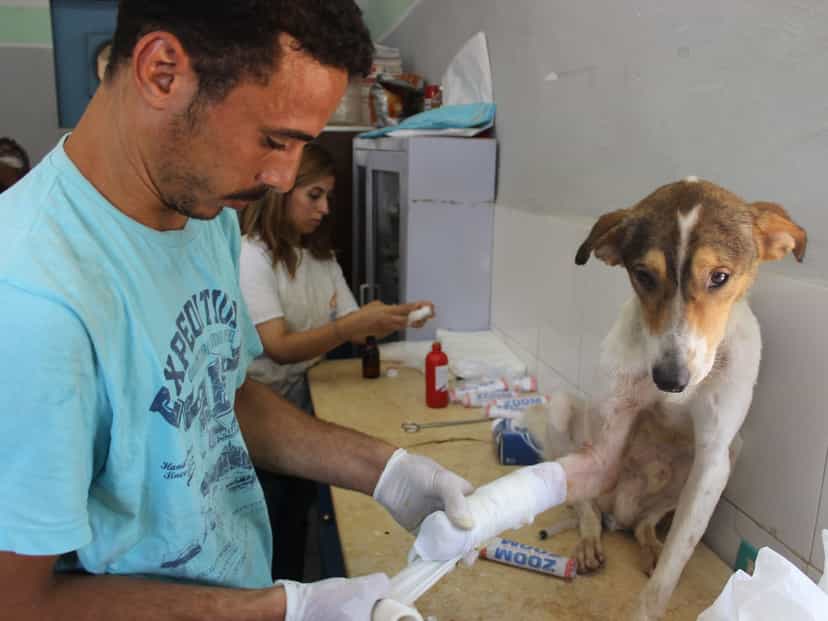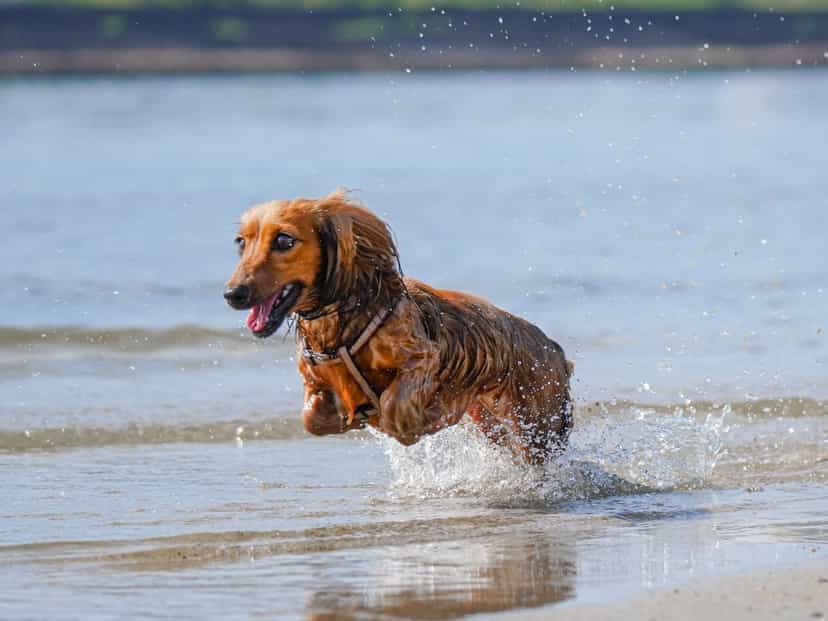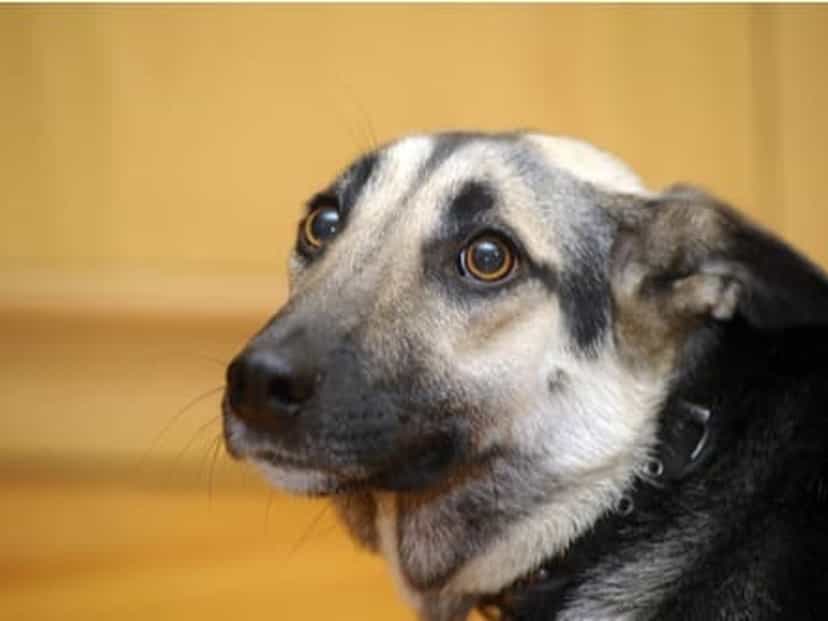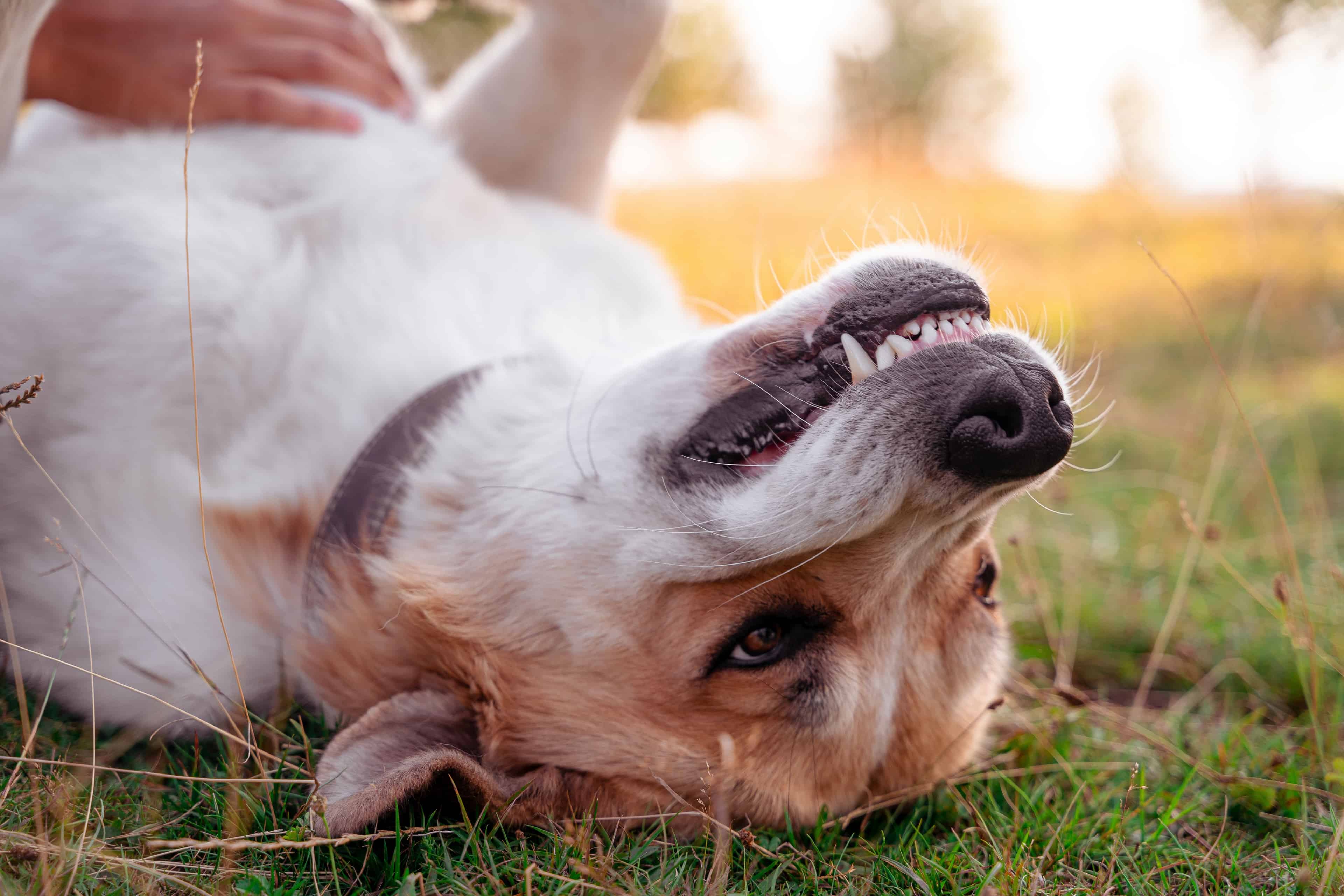
What are the common causes of tooth fracture in dogs? How do I check my dog's mouth? How often should I brush my dog's teeth?
During our first aid course, we discuss how you should perform a full body exam on your dog weekly to understand their normal vitals. We talk about how to recognise subtle signs of illness, and other conditions to look out for. This promotes early diagnosis and treatment.
As part of this full body examination, we advise you to check inside your dog’s mouth. Not only to check their gum colour, CRT, roof of mouth and how to angle their head to see down the back of the throat in case of a choking incident, but also to check your dog’s teeth.
Checking the teeth is important to ensure there are no cracks / breaks, missing teeth, plaque build-up or red and swollen gums.
It is good practice to desensitise your dog to having their teeth brushed regularly as it is important for their oral hygiene.
There are a lot of ‘natural chews’ out there that are sold stating that their texture and shape produces a brushing effect that leads to cleaner teeth, and whilst some are appropriate, others can actually cause more harm than good. Stacey Parker- Referral Anaesthesia and Dental RVN at Perry Referrals – Specialist Veterinary Dentistry and Oral Surgery – states that “No product will match the efficacy of toothbrushing. Like humans, we need to clean teeth regularly, ideally daily, to prevent the accumulation of bacteria and plaque that we cannot see with the naked eye. If we are unable to brush teeth, which is commonplace in pets that haven’t been trained from an early age, or where dental disease is already present and therefore the mouth is uncomfortable, clients may reach for other products. Our guide to owners when selecting these products is 1. To ensure they have VOHC seal of approval - this means they have been tested to ensure they achieve the results being advertised by the product. 2. Ensure that no treats or chews are too hard, the guidance we give to our clients at Perry Referrals is that if you cannot dent the product with your thumbnail, then it has the potential to fracture a tooth.
Due to the intense strength of the dog’s jaw, an inappropriately hard product being chewed upon will inevitably have the capability to fracture the tooth - as it is the weakest structure involved. Fractured teeth are painful and can cause nasty abscesses, and MUST receive veterinary treatment, just as we would expect for our own oral health. Treatment may mean loss of the tooth by surgical extraction or referral to a Veterinary Dentist to preserve the tooth with root canal treatment, sadly this is not an option for all teeth. We would much prefer tooth fractures were avoided in the first instance, removing the requirement for surgery at all.
Given our job role, we see a huge number of tooth fractures. These are predominately caused by the dog chewing on something too hard - antlers, bones and yak chews being regular offenders. We also see many fractured teeth from pebbles and stones being thrown for the dogs to catch, something we do not recommend”
Therefore regular toothbrushing is an essential part of your dog’s care. Here is Geoff with his toothbrush showing how it’s done and I was super proud when Stacey said he had the most perfect teeth she had seen for a while!

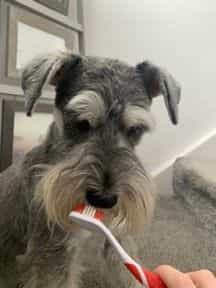

Perfect gnashers!
Upon further research, The Vet Times reports tooth fracture commonness of up to 27%.
This blog will discuss tooth fractures in a little more depth, what could cause a tooth fracture, the signs of a tooth fracture and how to avoid them.
What is a Tooth Fracture?
A fracture is the medical term for a broken bone, when the forces acting upon a bone exceeds its ultimate strength.
A lot of tooth fractures go undetected until the dog eventually stops eating because it is too painful to do so. This may take some time. As we all know, dogs won’t want to show they are unwell and will likely eat for a while on a fractured tooth. However, as the tooth worsens your dog will start to exhibit signs of pain. Some dogs are very good at hiding any signs or oral pain, and will just continue along with their day, eating and playing normally. Others may drool, avoid certain food types, avoid drinking very cold water, not wish to play in the same way, become head shy, or avoid using that area of the mouth. Even if the dog isn’t showing signs of discomfort, it is imperative that a fractured tooth is not left untreated. With the pulp exposed, bacteria can make its way up the tooth, into the root of the tooth, causing a painful tooth root infection.
Causes of a Tooth Fracture
- Road Traffic Collision
- Blunt Force Trauma directly to the mouth
- Chewing inappropriate Treats or Toys
- Catching pebbles or stones
A road traffic collision or blunt force trauma are not always avoidable – accidents happen. We will therefore discuss in this blog tooth fractures caused by chewing activity.
Below case studies of fractured teeth from Stacey Parker- Referral Anaesthesia and Dental RVN at Perry Referrals – Specialist Veterinary Dentistry and Oral Surgery. These teeth were all fractured by items they chewed upon that they shouldn’t have had access to:

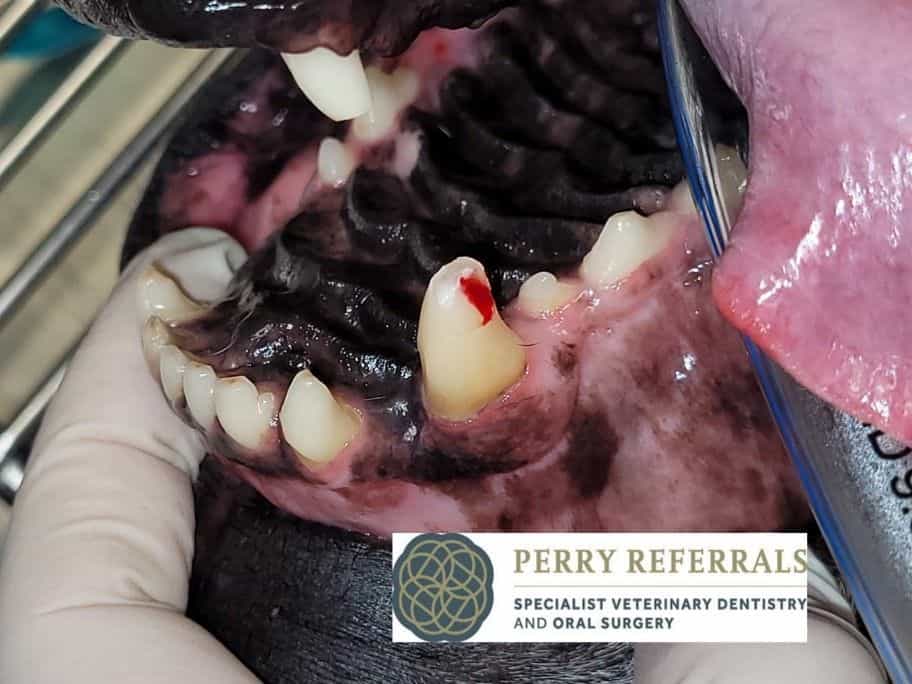
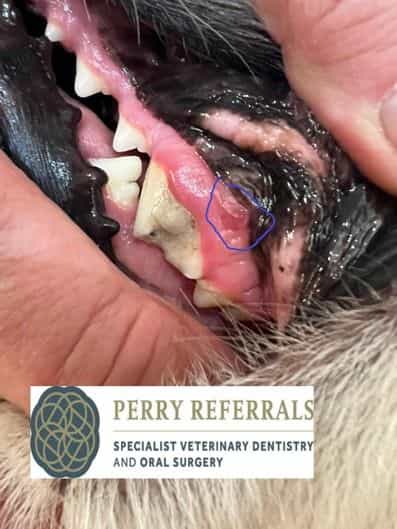
General Guidelines
There have been a couple of early studies on dog’s voluntary bite force vs fracture resistance. The Vet Times reports on a more recent study by the University of Pennsylvania that confirms dogs’ teeth “will indeed fracture if they chew on a product that is too hard”
So how hard is too hard?
The study conducted at the University of Pennsylvania used sample molars from cadavers and were able to ascertain that to replicate the fracture pattern seen in clinic they had to apply a mean maximum force of 1281 Newtons at a mean impact angle of 59.7°. This produced the most common fracture type - a complicated crown fracture, followed by an uncomplicated crown fracture.
As Joe Public, we are not to know what object would not break under the mean maximum load of 1281N, so the general rule to follow is:
A dog should not chew on anything hard that cannot bend or break when in contact with teeth, or anything that cannot be indented with your thumb nail.
This advice was printed in the vet times and was reiterated to me by Stacey at Perry Referrals. This is the general rule of thumb that any veterinary professional would advise.
Symptoms of a Tooth Fracture
- Pain
- Lip Licking
- Pawing Mouth
- Aggression and potentially guarding area
- Vocalisation
- Drooling
- Unwillingness to eat
- Visible break / crack
- Red, sore looking gums
First Aid Actions
This is not classed as a medical emergency.
- If unwilling to eat, see the vet within 24 hours
- Soft food to be hand fed so that they don’t have to use their picking up teeth
- Monitor for changes and signs of infection
References
Vet Times
Stacey at Perry Referrals

